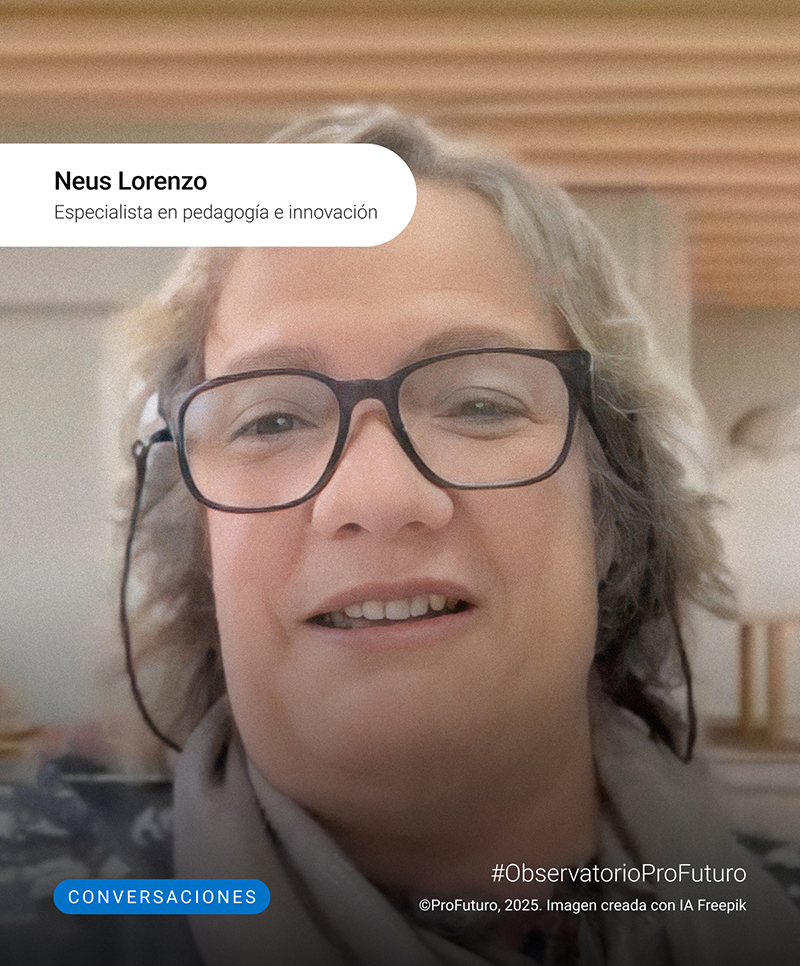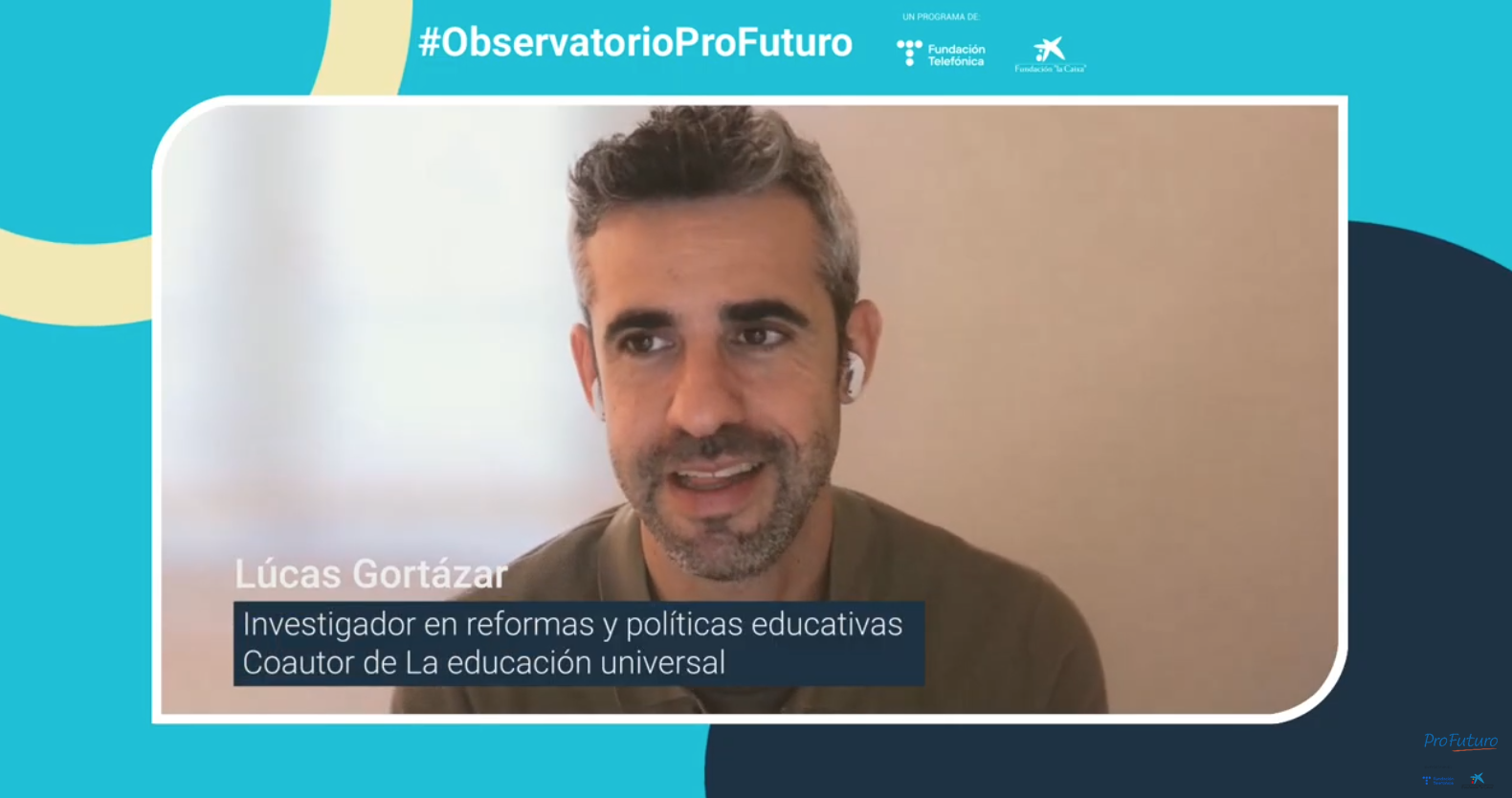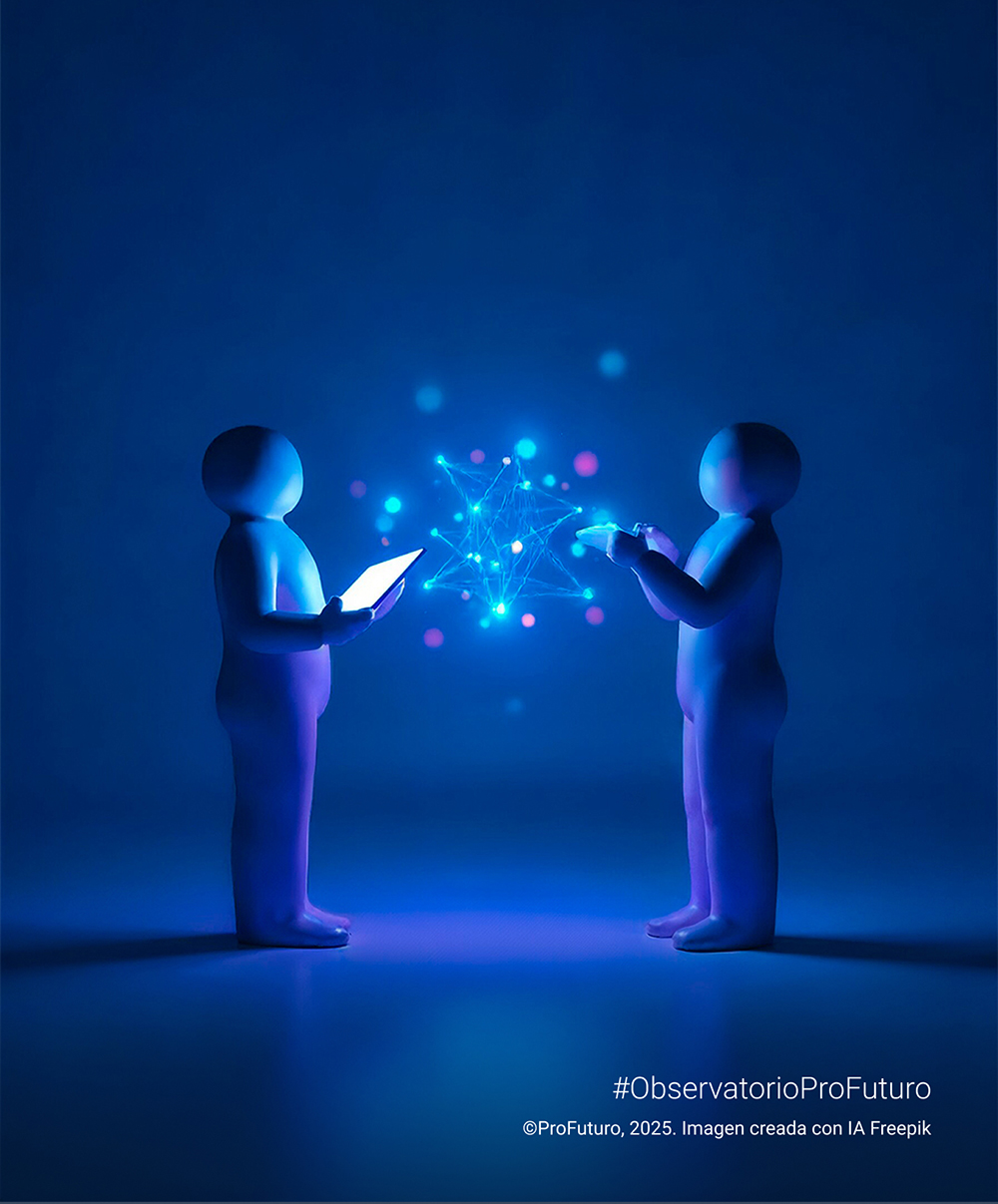“Artificial intelligence is going to revolutionise the way we think.” This hyperbole is not just a rhetorical device: for Neus Lorenzo, a specialist in pedagogy and innovation and a member of the board of directors at ODITE, AI represents a shift as decisive as the advent of writing. What once allowed us to preserve collective memory beyond time is now being replicated — and perhaps even expanded — by systems capable of generating texts, answering questions, and even simulating conversation. Still, she says, this is not about machines replacing us, but enhancing us: “We are facing a new triad — teacher, student, and a collective agent that is not human, but communicates as if it were.”
Lorenzo neither idealises technology nor overlooks its reach. In the interview, she discusses, for instance, RAGs (Retrieval-Augmented Generation), a combination of language models and bounded databases. You could call it AI on a short leash. Tools that, if used well, allow work with reliable and relevant sources, chosen by the educator. “It removes a lot of teachers’ anxiety about the origin and reliability of content.” No small thing.
There is also a recurring theme throughout the conversation: equity. Technology, Lorenzo points out, can be a tool for inclusion — or yet another route to exclusion. It all depends on how it is used. If only those with a computer at home can access AI, the bias is obvious. “Inclusion begins with digital access under equal conditions.” School, she says, must guarantee that. It cannot be left to economic or geographical chance.
The role of teachers is, of course, central. But it’s not about piling more burdens on their shoulders. Structures are needed, institutional leadership, sensible training. “The big question isn’t whether we’ll do it, but how we’ll do it. And whether we’ll do it well.”
Lorenzo doesn’t dwell on the spectacular. Her concern lies in the real impact in the classroom: how AI can expand or limit learning opportunities. What it means for teachers, what it means for learners, and what role schools play as spaces for balance and meaning.
Will we do it well? There’s no definitive answer. But one core certainty remains: what sets education apart from other fields is that it cannot be entirely delegated — not to machines, nor to trends. It’s not enough for it to work: it has to make sense.






